Recently, sorting through some of my mum’s old belongings, we found a box full of letters she had been sent as a student on her year abroad.
“Ah, the days before email…” she started off wistfully whilst I leafed through them, feeling a second hand nostalgia for an age of letter-sending, likely inherited from a partiality to period dramas and Jane Austen novels. I liked one letter the most because half way down the sender’s hand had been jogged by the train she had been travelling on.
“Apologies for wobbly writing…” You could see the squiggly mark on the page, preserving the exact moment of the train jolting on the track. Like a stopped clock, the letter fixed a moment in time that could be viewed outside its ordered place, viewed within a new frame of references.
This kind of awareness of being somehow of my mum’s old belongings, we found a box full of letters she had been sent as a student on her year abroad. “Ah, the days before email…”able to enter into a different time is often experienced when we wander around museums and galleries, where things have been deliberately galleries, where things have been deliberately preserved for historical or cultural importance. It’s the immediacy of what we see that is exciting, its strangeness and difference, but also the feeling of recognition. We feel connected with the presence of another human being, reminded that perceptions exist based on entirely different calibrations of thinking.
Looking back this way at the carefully exhibited, distilled past often makes me think about ‘here and now’ in the broader sense, the conditions of our own time and culture, how ‘the past’ has created these, and what our personal experience is. This sounds safe, systematic and chronological – certainly ‘here and now’ implies something static and fixed; an agreed time and place within the scope of ‘past, present and future’. History is often cited as something that unifies us, a common ground of inheritance. The process of learning the lessons of the past is usually viewed as a responsibility shared by a society, and this is vital. But to define what it means to exist in any given moment is surely elusive, since the present moment is just the outcome of your own seemingly random trajectory.
It would often seem that the best places to find records of this double response to the present and its past is within the vast diversity of art and literature. Consciously or not, works of art and literature still preserve the presence of an individual at a certain time. Unlike old objects and artefacts preserved in a museum with indisputable functions, art is not passive. Through the fact of its own subjectivity, it invokes countless readings and reactions.
Joyce was aware of this with Ulysses: it might sum up the spirit of a modernist age reacting against the past, but at the same time, the novel acknowledges that existing in any moment is a solitary experience. No one can ever identically experience the countless thoughts, impulses and emotions that proliferate through our minds in real time. This is how the characters are portrayed, but it is also what we experience as a reader. You are an outsider forming your own interpretations of these characters’ expressions of existence, constantly reviewing your own provisional perceptions.
Perhaps, then, a work of art or literature excludes those who engage with it by keeping its real meaning hidden; we can never truly and know why someone created it. Like walking around a museum, we realise that even if we can’t occupy old moments, as human as their representations may be, they open up our imagination. We are intriguingly close yet distant from someone else’s here-and-now.
There is a parallel here with the concept of social media, the instantaneous yet remote insight into the lives of others. Yet if art and culture are held as a space where their ‘here and now’ represents creativity, imagination creativity, imagination and difference, then social media is its foil. Where books and art initiate thoughtful discussion, what is shared online is accused of creating isolation, as we are more interested in how our lives appear than how they really are.
“Carpe diem” we are told – “seize the day.” The paradox is that to immerse yourself in the moment requires you to step outside it, to consider how it is expressed and understood by others. Social media may seem to be an embodiment of this, but the criticism that it somehow makes moments hollow, detracts from their spontaneity and vitality, seems unfounded. We carry old moments and experiences around with us, and the here-and-now is a record of our presence not only in that moment but in our conceptions of the past and future too.
An outward expression of someone’s ‘here and now,’ be it a Facebook upload or an iconic artwork, reminds us again of our provisional and isolated outlooks, but in doing so allows us to benefit from new ideas or better appreciate the impact of others.




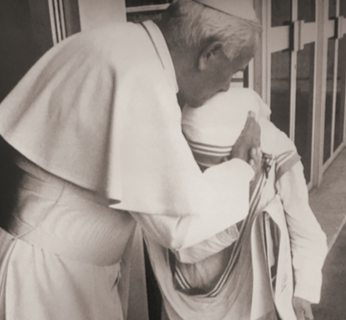
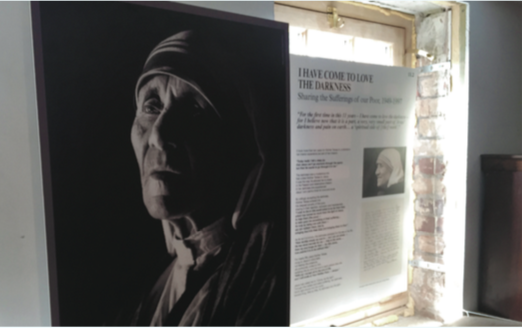
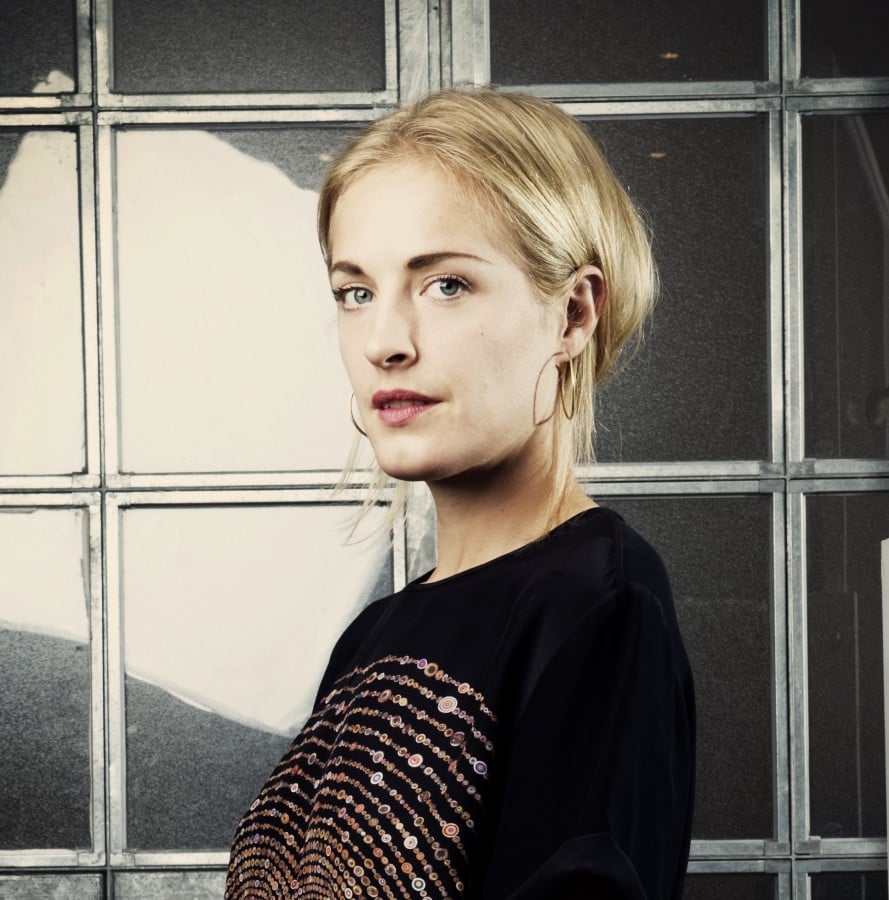
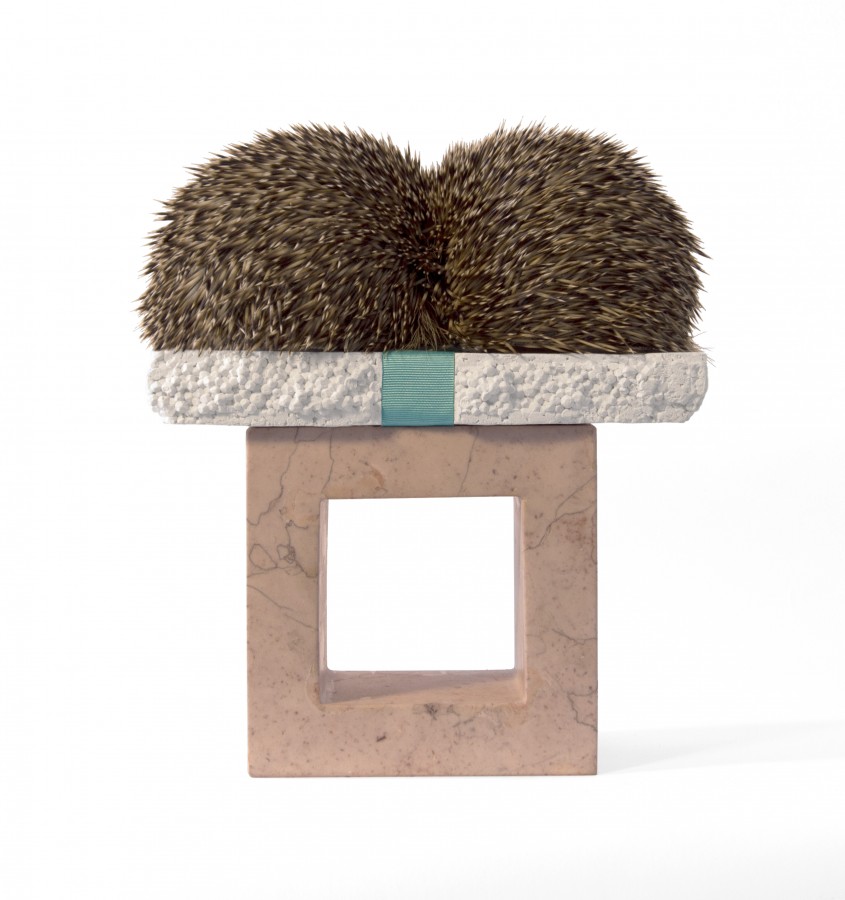

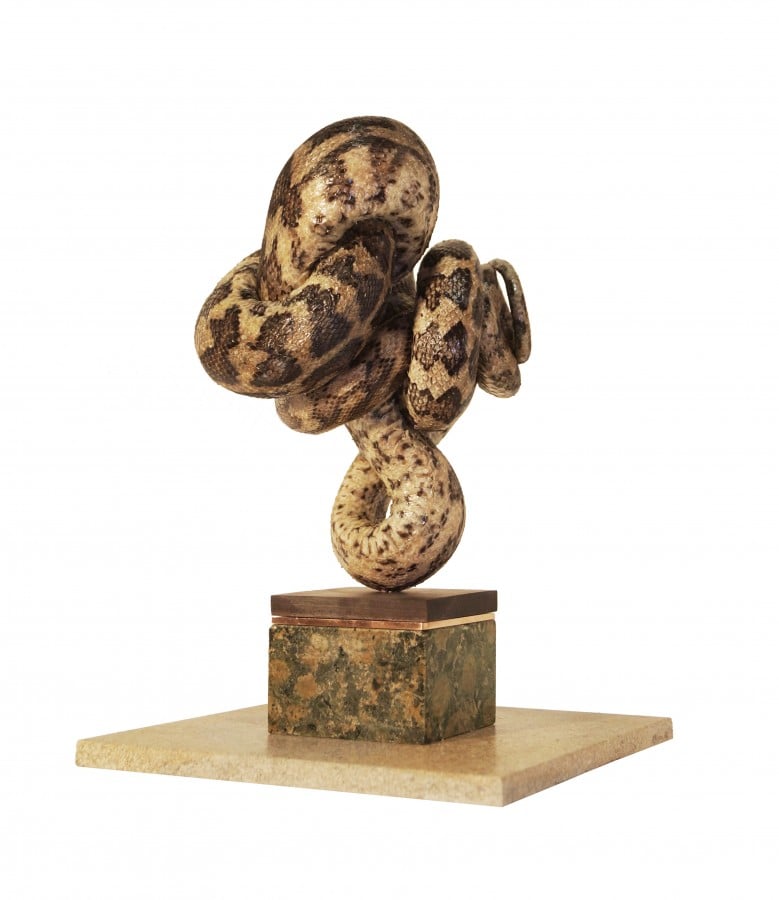
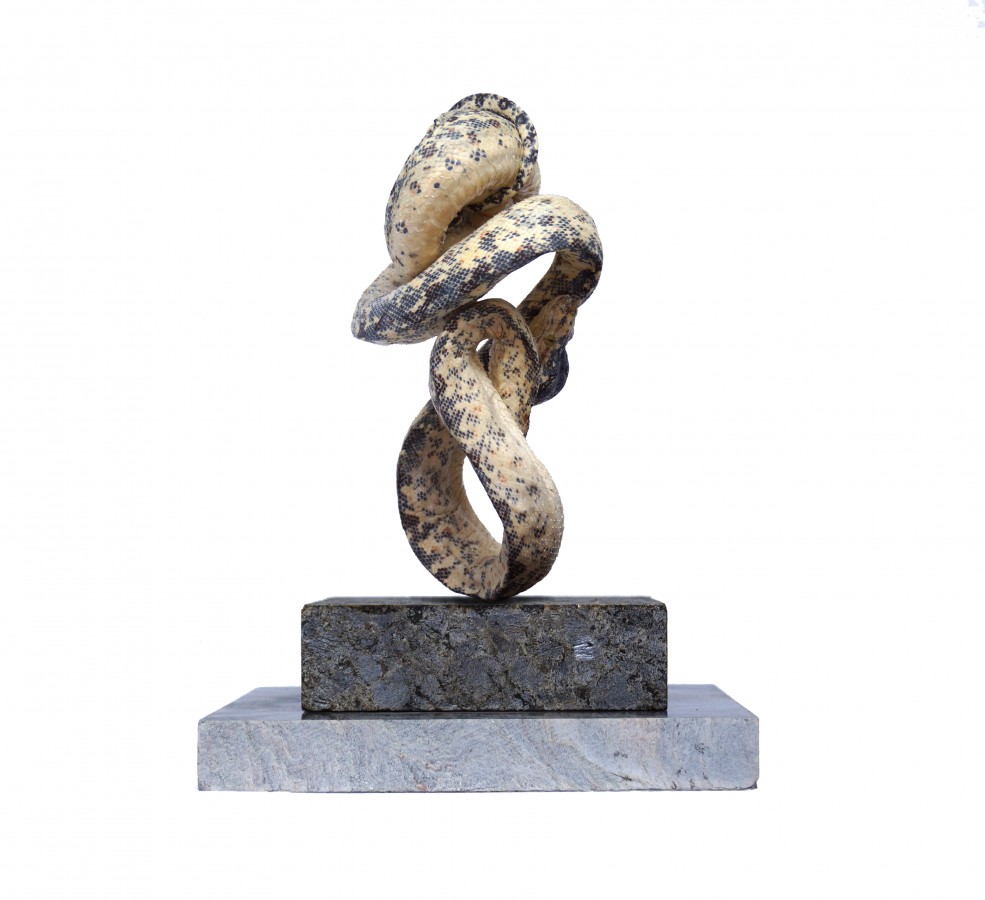

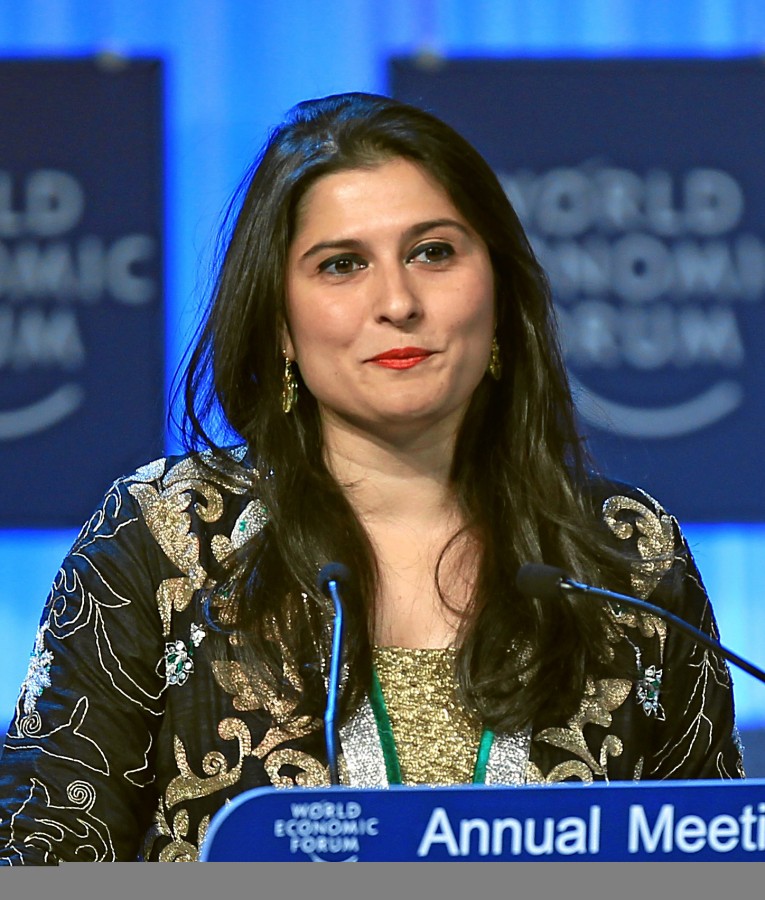


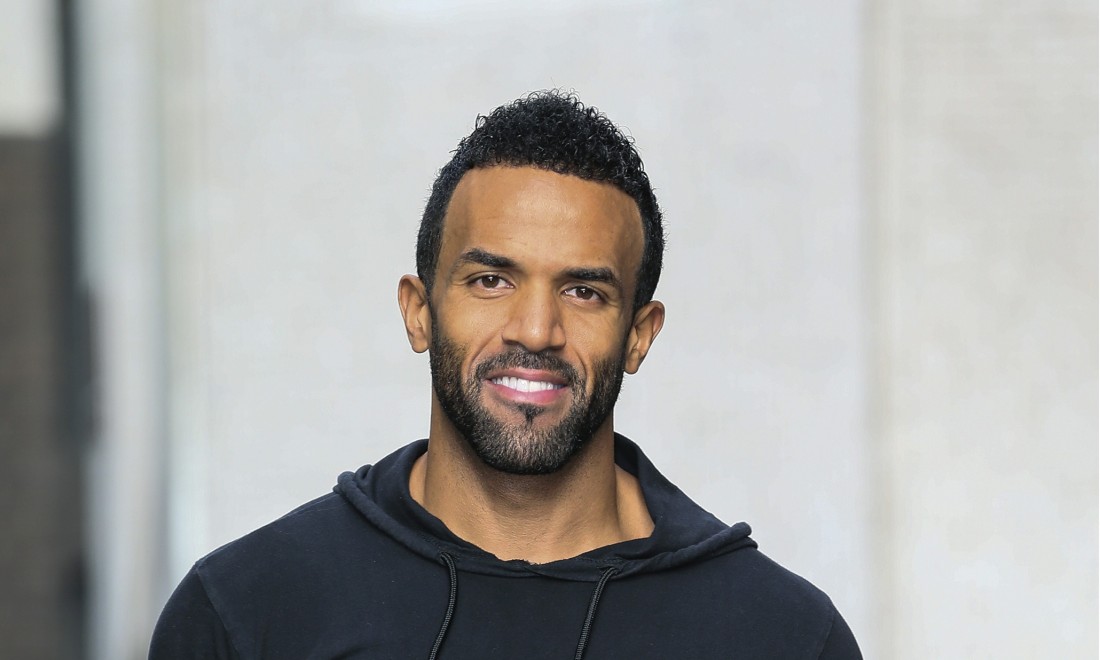

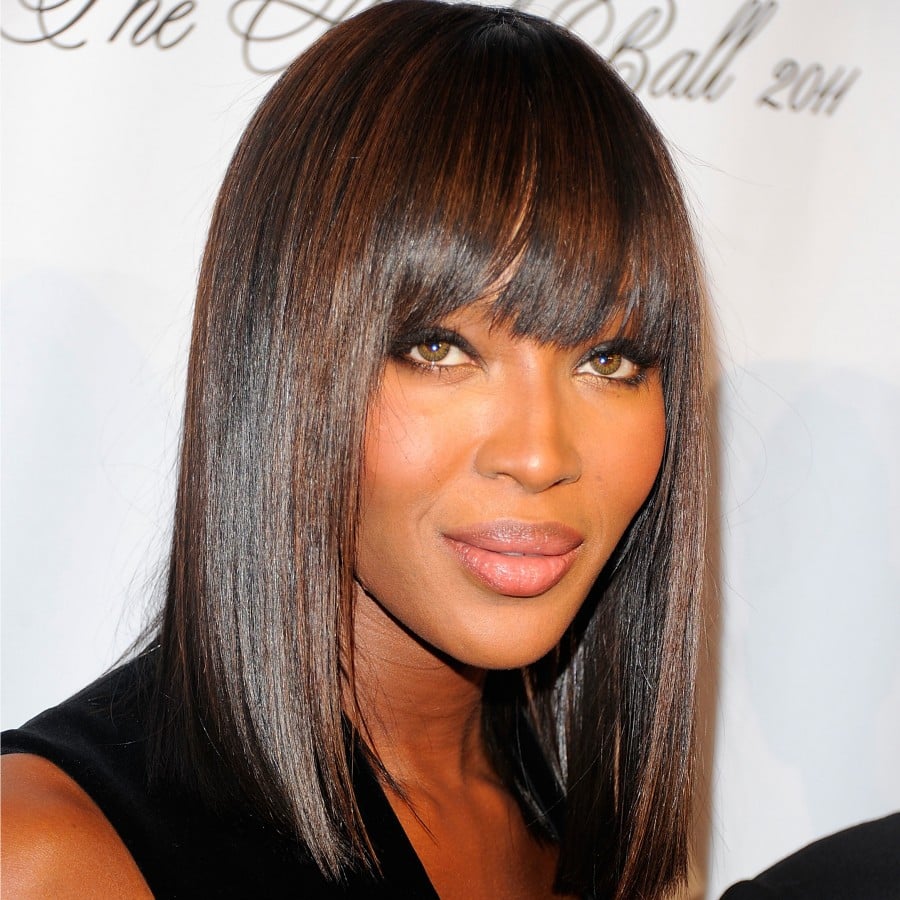
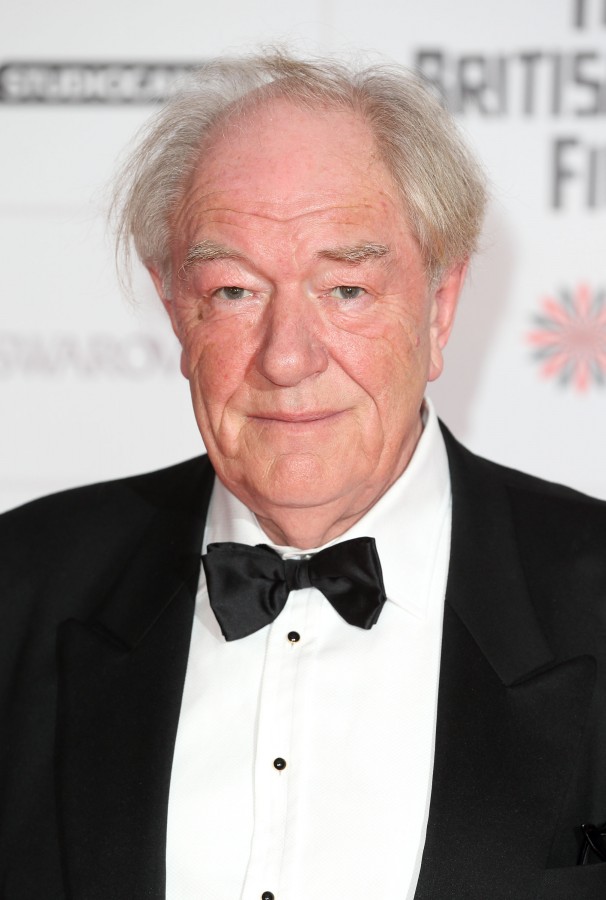


 Proposition
Proposition



